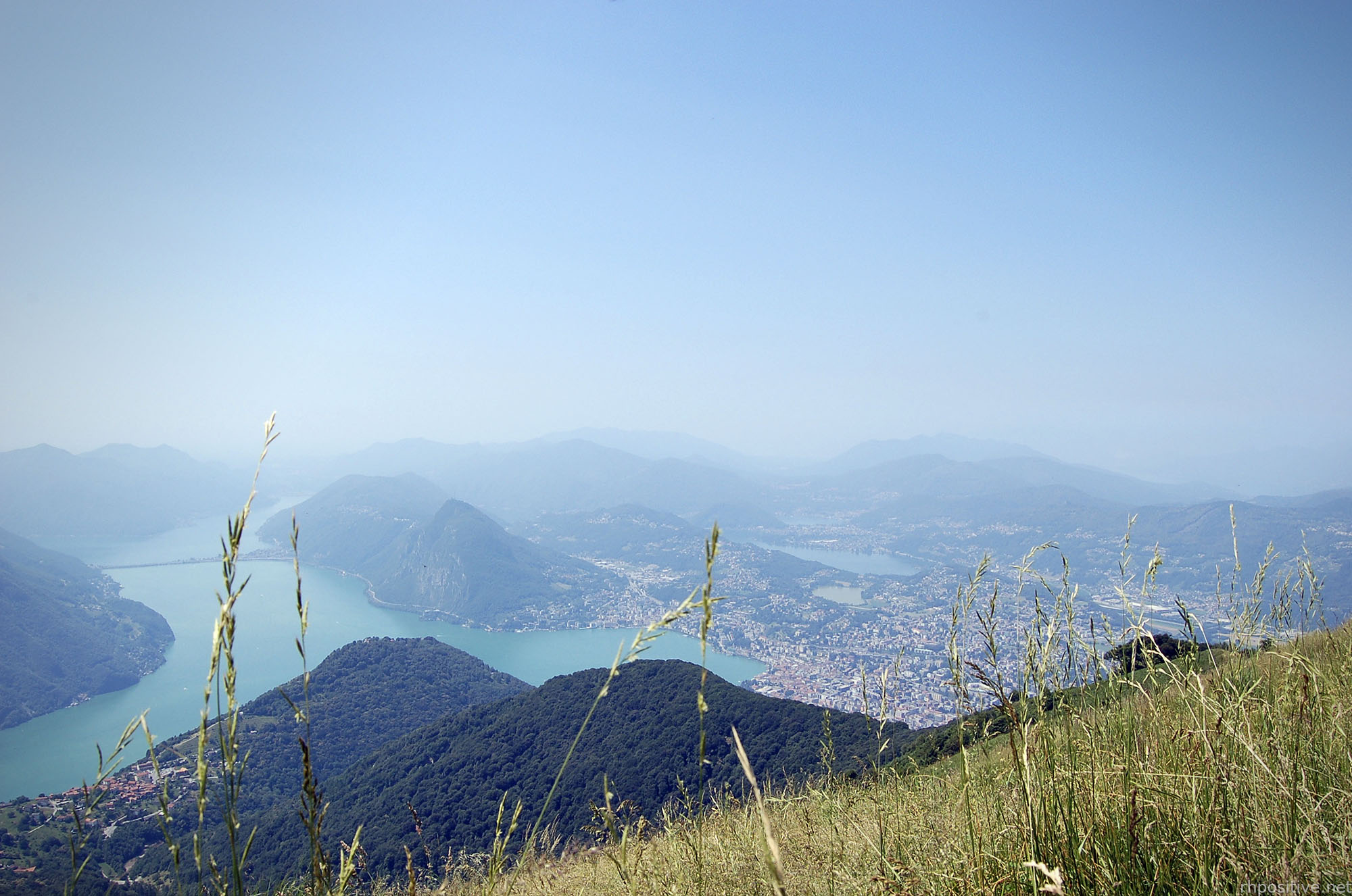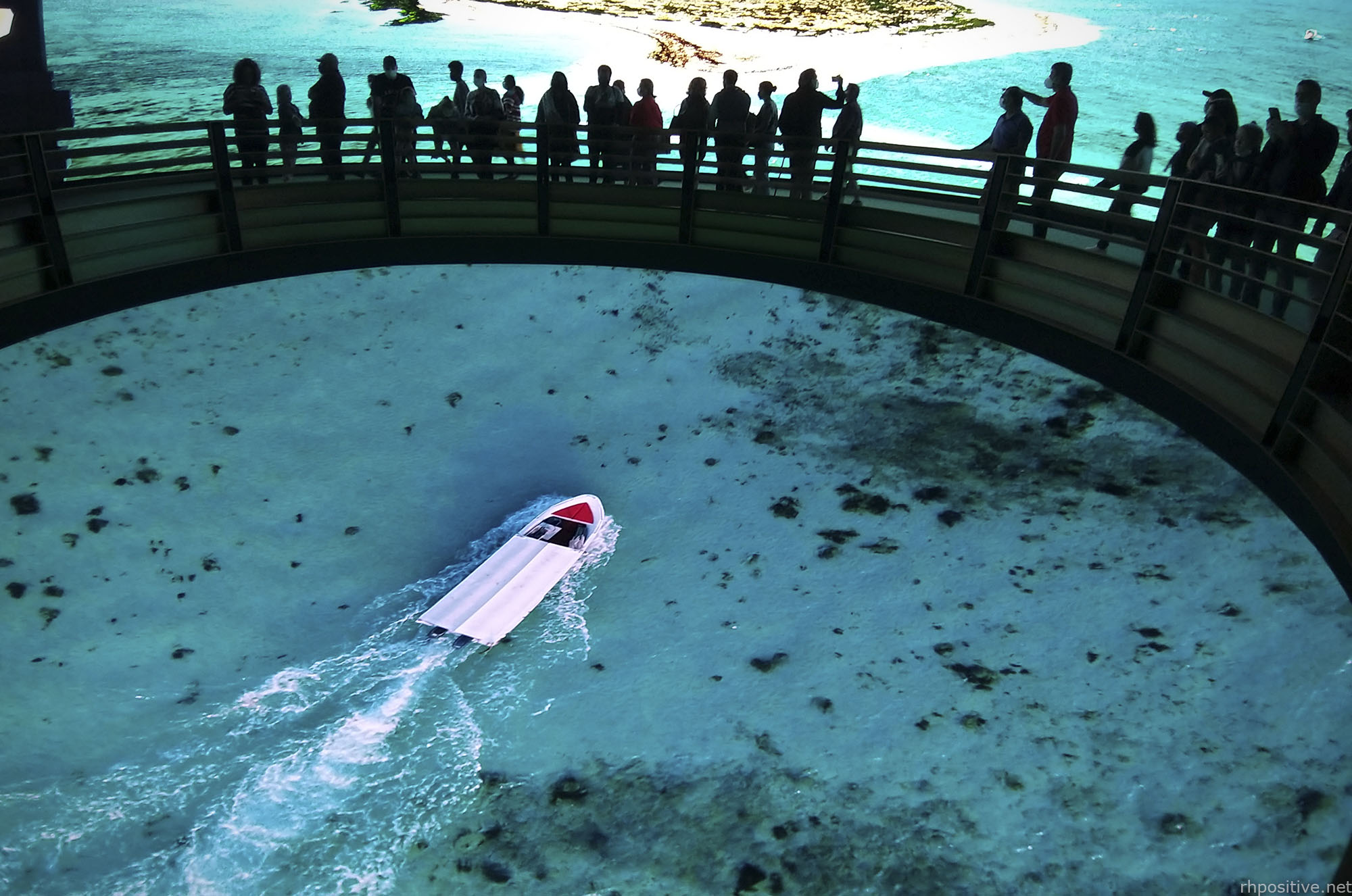On the first day of class, Jerry Uelsmann, a professor at the University of Florida, divided his film photography students into two groups.
Everyone on the left side of the classroom, he explained, would be in the “quantity” group. They would be graded solely on the amount of work they produced. On the final day of class, he would tally the number of photos submitted by each student. One hundred photos would rate an A, ninety photos a B, eighty photos a C, and so on.
Meanwhile, everyone on the right side of the room would be in the “quality” group. They would be graded only on the excellence of their work. They would only need to produce one photo during the semester, but to get an A, it had to be a nearly perfect image.
At the end of the term, he was surprised to find that all the best photos were produced by the quantity group. During the semester, these students were busy taking photos, experimenting with composition and lighting, testing out various methods in the darkroom, and learning from their mistakes. In the process of creating hundreds of photos, they honed their skills. Meanwhile, the quality group sat around speculating about perfection. In the end, they had little to show for their efforts other than unverified theories and one mediocre photo.
It is easy to get bogged down trying to find the optimal plan for change: the fastest way to lose weight, the best program to build muscle, the perfect idea for a side hustle. We are so focused on figuring out the best approach that we never get around to taking action. As Voltaire once wrote, “The best is the enemy of the good.”
(This story comes from page 29 of Art & Fear by David Bayles and Ted Orland. In an email conversation with Orland on October 18, 2016, he explained the origins of the story. “Yes, the ‘ceramics story’ in ‘Art & Fear’ is indeed true, allowing for some literary license in the retelling. Its real-world origin was as a gambit employed by photographer Jerry Uelsmann to motivate his Beginning Photography students at the University of Florida. As retold in ‘Art & Fear’ it faithfully captures the scene as Jerry told it to me—except I replaced photography with ceramics as the medium being explored. Admittedly, it would’ve been easier to retain photography as the art medium being discussed, but David Bayles (co-author) & I are both photographers ourselves, and at the time we were consciously trying to broaden the range of media being referenced in the text. The intriguing thing to me is that it hardly matters what art form was invoked—the moral of the story appears to hold equally true straight across the whole art spectrum (and even outside the arts, for that matter).” Later in that same email, Orland said, “You have our permission to reprint the any or all of the ‘ceramics’ passage in your forthcoming book.” In the end, I settled on publishing an adapted version, which combines their telling of the ceramics story with facts from the original source of Uelsmann’s photography students. David Bayles and Ted Orland, Art & Fear: Observations on the Perils (and Rewards) of Artmaking (Santa Cruz, CA: Image Continuum Press, 1993), 29.)
Clear, James. Atomic habits: tiny changes, remarkable results: an easy & proven way to build good habits & break bad ones. New York: Avery, an imprint of Penguin Random House, 2018.




